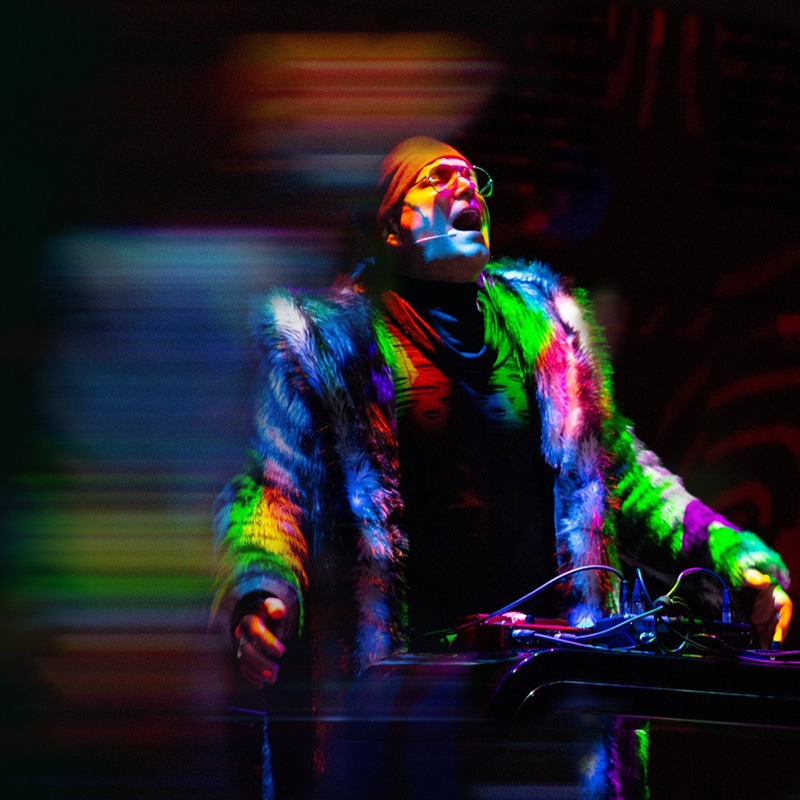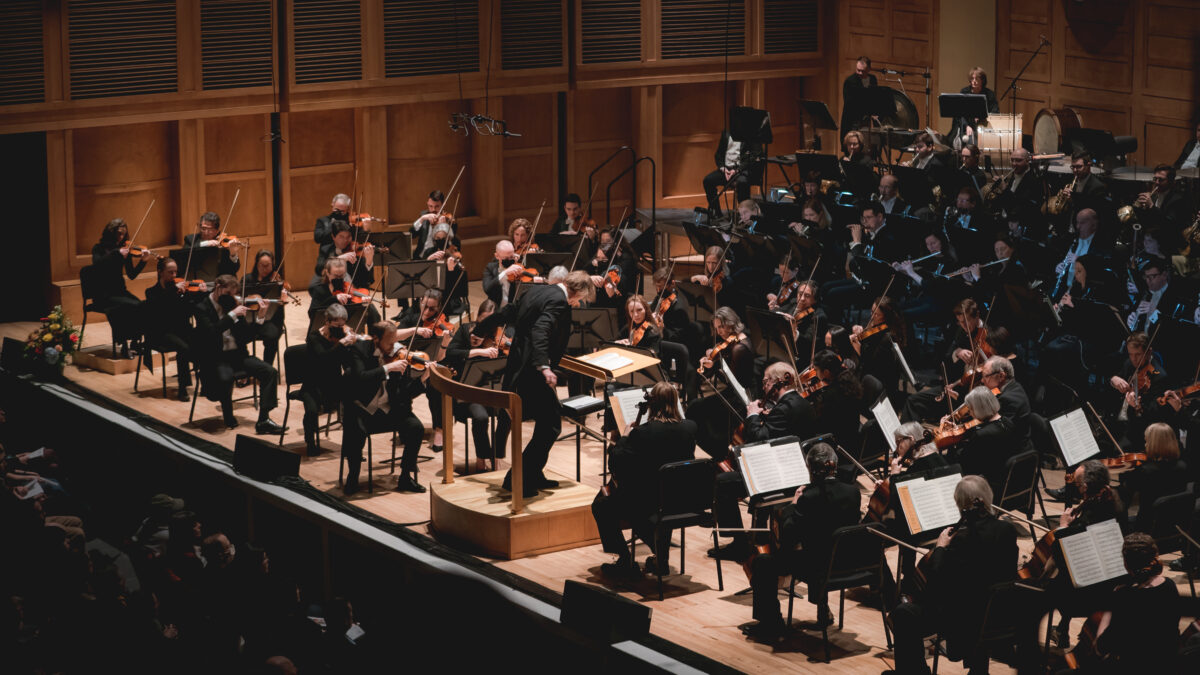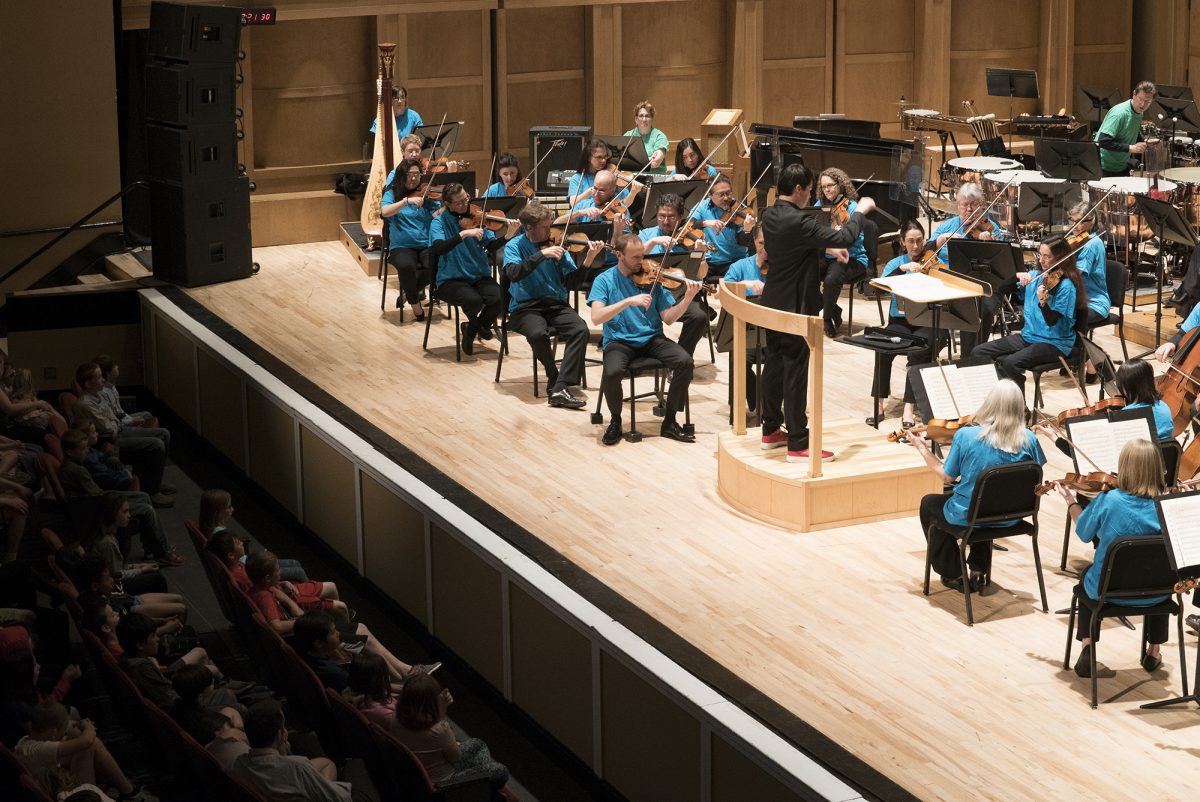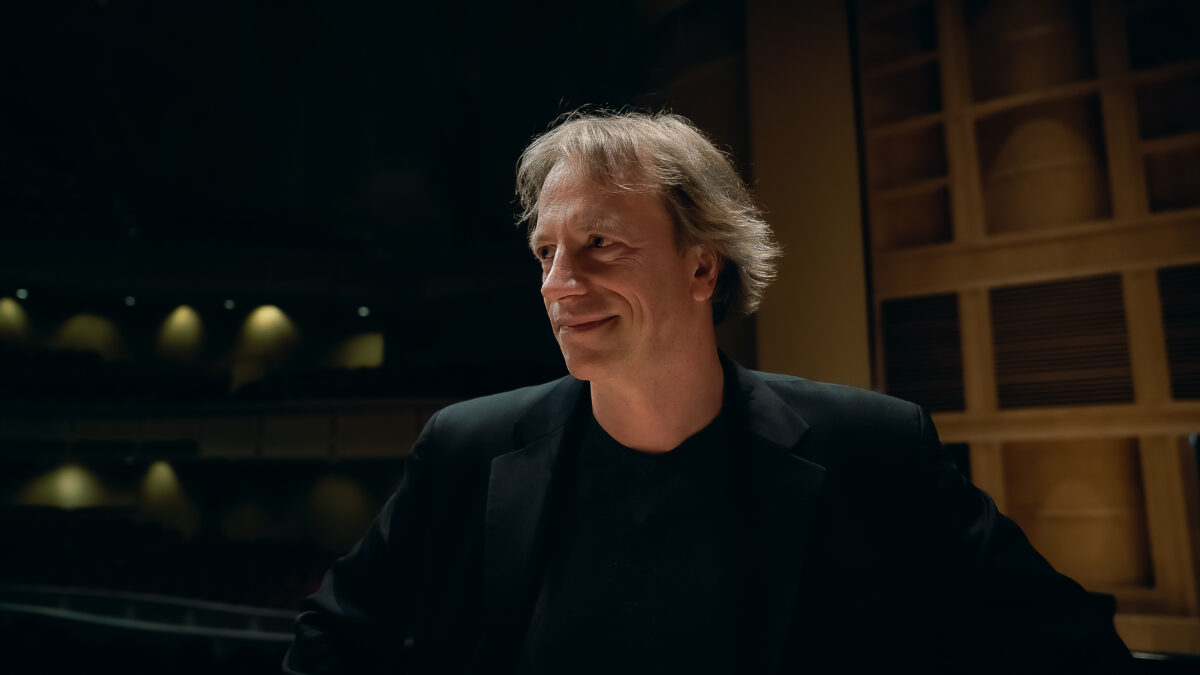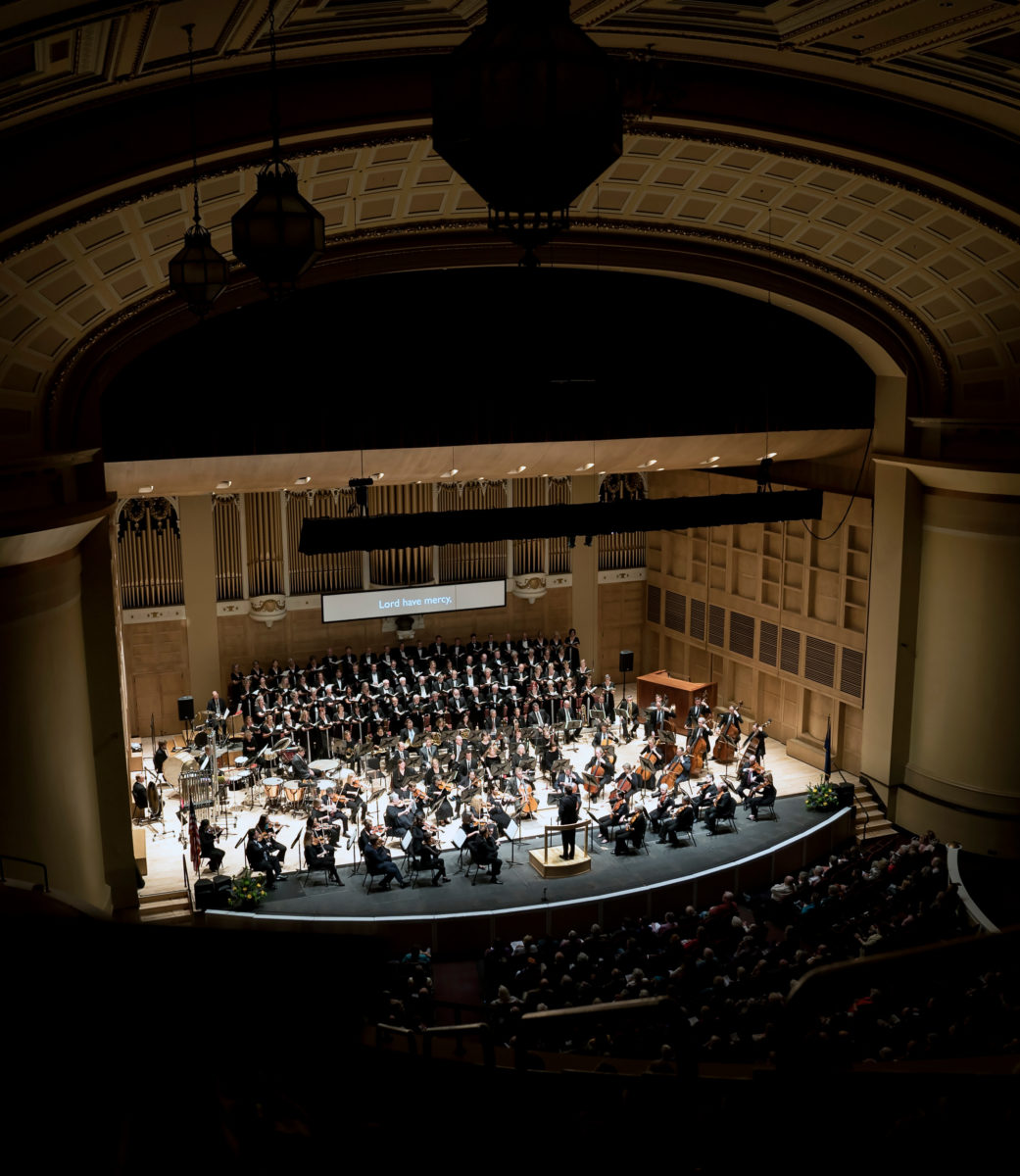Rise Up Program Notes
Dame Ethel Smyth
Overture to “The Wreckers”, Opera in Three Acts
Ethel Smyth was born in Sidup, Kent, England in 1858 and died in Woking, England in 1944. . The full opera was first staged in Leipzig, Germany, in 1906, and the Overture is scored for 2 flutes and piccolo, 2 oboes and English Horn, 2 clarinets and bass clarinet, 2 bassoons and contra bassoon, 4 horns, 2 trumpets, 3 trombones, tuba, timpani, percussion, harp, celeste and strings.
British composer Ethel Smyth lived a long and colorful life, very much a public figure at a time when women generally stayed at home. Discouraged by her father, she nonetheless set her sights on a career in music by age 12 and entered the Leipzig Conservatory a few years later. In Germany, she studied with Karl Reinecke (who also taught Grieg) and with Heinrich von Herzogenberg, with whose wife Smyth later had a romantic affair. She also met Brahms, Clara Schumann, Dvořák, and Tchaikovsky. Returning to London, she befriended Arthur Sullivan of operetta fame. Musicologist Amy Zigler, guardian of the website ethelsmyth.org, has written, “She insisted on an education, she insisted on performances of her works, and she insisted on having her works published.”
Ethel Smyth battled bias all her life. Consistently belittled as a “lady composer”, when she wrote gentle, “feminine” music, she was found not to measure up to her male colleagues; when she tackled large forms and subjects, she was criticized for lacking feminine charm. Still, she battled on, finding performances for her songs, several operas, large orchestral and choral works, though often the orchestral musicians of her time refused to perform for a woman. Her opera Der Wald was the first opera by a woman produced at the Metropolitan Opera in New York (in 1903), a record that stood until 2016. Celebrated conductor Thomas Beecham championed her music in England. The Wreckers was performed first in Germany and then later in England. Its overture has had an independent life as a concert piece for the last hundred years.
Between 1910 and 1912, the composer almost completely gave up her musical work to join the fight for women’s suffrage. She proved a passionate fighter for this cause, serving 2 months in jail with 100 other women after a protest alarmed the London authorities. During this time she wrote “The March of the Women”, which became the anthem for the suffrage movement.
Smyth was defiantly queer at a time when most romances were conducted in private. Her loves were often with married women, high-profile, noticeably passionate, and not always one at a time. For some years she also maintained a long-distance relationship with Henry Brewster, who wrote the libretto for The Wreckers. She wore what were referred to as “mannish tweeds” (there are fine photos online of her in these outfits) and generally refused to fit into accepted boxes. As her hearing failed in her middle years, she abandoned musical composition and wrote 10 volumes of autobiographical prose.
The Wreckers is set in England on the coast of Cornwall in 1750. The intensely religious residents of an impoverished village survive by luring ships onto the rocks, killing the crew members and plundering the cargo. Encouraged by their preacher, the villagers convince themselves that God wills the ships to founder, while in reality, the ships follow misleading bonfires (set by the villagers) to their doom. There are intertwining love triangles and a dénouement in which the star-crossed lovers are chained inside a cave to await drowning as the tide slowly rises. The opera was first performed in Leipzig, Germany in 1906 and later heard in London, but faded from view. In recent years interest in this vibrant woman and her music has generated performances in the US and Europe. There is a performance on YouTube from the 2015 Bard Music Festival.
-Martin Webster
********
PETER ILYICH TCHAIKOVSKY
Concerto for Piano & Orchestra No. 1 in B-flat minor, Op. 23
Peter Ilyich Tchaikovsky was born in Votkinsk, Russia, in 1840 and died in St. Petersburg in 1893. He completed this concerto in 1875 and the work was first performed by Hans von Bülow, piano, and conductor B. J. Lang with a freelance orchestra in Boston the same year. The concerto is scored for solo piano, 2 flutes, 2 oboes, 2 clarinets, 2 bassoons, 4 horns, 2 trumpets, 3 trombones, timpani, and strings.
When Tchaikovsky completed his First Piano Concerto in December of 1874, he wanted to play it for a piano virtuoso—which he was not—to see if any parts of it “might be ineffective, impracticable, and ungrateful” in the piano writing. “I needed a severe but at the same time friendly critic to point out just these external blemishes.”
The natural choice for such advice was Nicolai Rubinstein, the director of the Moscow Conservatory (where Tchaikovsky taught composition) and a renowned pianist, conductor, and teacher. He had conducted the premieres of several of Tchaikovsky’s orchestral works, and his brother Anton had been Tchaikovsky’s teacher. He was also the work’s intended soloist and dedicatee.
So it was that on Christmas eve Tchaikovsky played the work for Rubinstein on the piano in one of the Conservatory’s classrooms. Tchaikovsky later wrote: “I played the first movement. Not a single word, not a single comment! If you knew how stupid and intolerable the situation of a man is who cooks and sets a meal before a friend, a meal the friend then proceeds to eat—in silence! Oh for one word, for friendly abuse even, but for God’s sake, one word of sympathy, even if it is not praise! But Rubinstein was preparing his thunderbolt. I summoned all my patience and played through to the end. Still silence. I stood up and asked, ‘Well?’
“Then a torrent poured from Nicolai Gregorievich’s mouth, gentle to begin with, but growing more and more into the sound and fury of Jupiter. My concerto, it turned out, was worthless and unplayable—passages so fragmented, so clumsy, so badly written as to be beyond rescue—the music itself was bad, vulgar—here and there I had stolen from other composers—only two or three pages were worth preserving—the rest must be thrown out or completely rewritten. An independent witness in the room might have concluded that I was a maniac, an untalented, senseless hack who had come to submit his rubbish to an eminent musician.
“I was not just astounded but outraged by the whole scene. I left the room without a word and went upstairs: in my agitation and rage I could not have said a thing. Presently Rubinstein joined me and, seeing how upset I was, asked me into one of the other rooms. There he repeated that my concerto was impossible and said that if I reworked the concerto according to his demands, then he would do me the honor of playing this thing of mine at his concert. ‘I shall not alter a single note,’ I replied, ‘I shall publish the work exactly as it stands!’ And this I did.”
As it turned out, both Nicolai Gregorievich and Piotr Ilyich were wrong.
Whether or not the concerto is vulgar is best left to others; it certainly is not “worthless and unplayable.” Within a short time, Rubinstein changed his mind about the concerto, and eventually became one of its best advocates. As for Tchaikovsky, he didn’t change a single note: he changed lots of them, through several revisions, mostly intended to make the piano part more “grateful.”
Since this fantastic story occurred, the piece has become, as everyone knows, the most popular piano concerto ever written. The introduction to the first movement has become one of the single most widely-recognized passages of classical music, right behind the opening bars of Beethoven’s Fifth. And not just because it leads off most of those late-night television commercials for the “100 Greatest Classical Melodies.”
This opening is sheer genius. The stentorian horn calls are punctuated by massive orchestral chords. The piano enters with thunderous, eight-octave-wide arpeggios. We soon realize that, for now, the piano is playing an accompaniment to a rich, opulent melody in the strings’ lower registers. The piano picks up this tune and plays with it in a way that seems so right.
The irony of it all is that this remarkable device, this unforgettable tune, is part of the first movement’s introduction, and is never heard from again! This bothers some people, but it is easy to let it pass when what follows is so incredibly inventive, so endlessly melodic. Listen for the “real” main theme of the first movement, which Tchaikovsky took from a common beggar’s tune. Listen for how Tchaikovsky incorporates a “scherzo” into the second movement. And enjoy the bumptious Ukrainian folk song that forms the basis of the last movement. We may “eat in silence,” as Tchaikovsky said, but there’s plenty of time for praise at the end.
– Mark Rohr
********
LEONARD BERNSTEIN
West Side Story: Symphonic Dances
Leonard Bernstein was born in Lawrence, Massachusetts in 1918 and died in New York City in 1990. He composed West Side Story in 1957, and extracted the Symphonic Dances in 1960. The work was first performed in 1961 by the New York Philharmonic under the direction of Lukas Foss. The score calls for 3 flutes, piccolo, 3 oboes, English horn, 4 clarinets, E-flat clarinet, bass clarinet, 3 bassoons, contrabassoon, alto saxophone, 4 horns, 3 trumpets, 3 trombones, tuba, timpani, percussion, harp, piano, celeste, and strings.
Leonard Bernstein was one of those rare musical geniuses who excelled at every musical discipline: a performer, composer, conductor and teacher, he was also a musical ambassador-at-large with the uncanny ability to make everyone he met excited about music. When friends suggested to him that he compose a “serious” musical he was absolutely the right man for the job, for jazz and popular music ran as deeply in his blood as any other kind. Many classical composers (such as Copland, Milhaud, and Stravinsky) had used elements of jazz in their works, and some popular composers (such as Gershwin) up-sized their music to fit the concert hall. None were as at home in both worlds as Bernstein, and West Side Story is his masterpiece.
The musical updates the Romeo and Juliet story to the warfare of 1950s New York street gangs. Its mastery over popular melodic, harmonic, and rhythmic styles is total: here is swing, bop, cool jazz, Latin music, ballads, and up-tempo jive. All are seamlessly integrated by a man who knew his classical procedures and who used them to give the work the kind of cohesion you’d expect from an opera by Mozart. Note how both the dangerous music of the Prologue and the love song “Maria,” as different as they are, spring from the same melodic interval, the tritone. This kind of thematic unity is what separates West Side Story from the musicals of the past, and the reason why it is so effective even today.
(It’s worth noting that the tritone, otherwise known as the augmented fourth or diminished fifth, is considered to be a wildly dissonant interval. It was actually referred to as Diabolus in musica—“the Devil in music”—and forbidden in church music for centuries. That Bernstein could use it as the first two notes of a love song—and a brilliant one at that—is another testament to the man’s musical genius and certainly to his audacity. If you listen for them, you’ll hear tritones all over the place in the music of West Side Story.)
The Symphonic Dances form a microcosm of the plot. The Prologue sets the stage for the gangs’ bitter rivalry. “Somewhere,” which follows, is a dream of peace and friendship, while the Scherzo continues with a vision of open space and sunshine. The Mambo breaks the spell with the competition and aggressiveness that are the gangs’ reality. In the softer Cha-Cha the lovers Tony and Maria meet. The “Cool” Fugue is all about the tension created by barely-controlled anger. The Rumble brings the death of the two gang leaders, and as Tony’s body is carried off in the Finale, there is still a search for that elusive “Somewhere.”
– Mark Rohr





